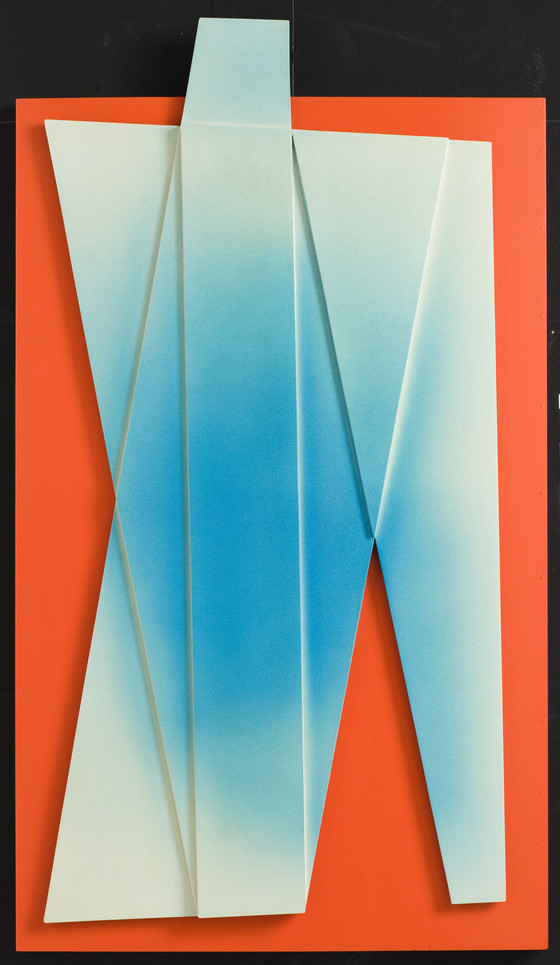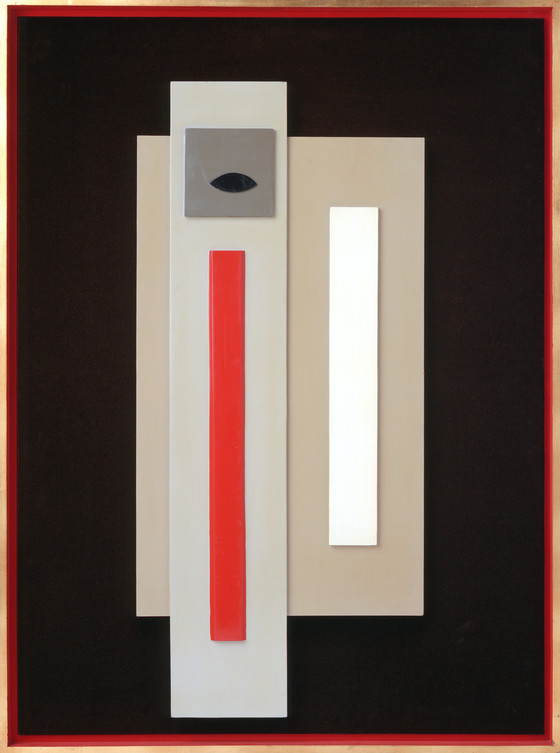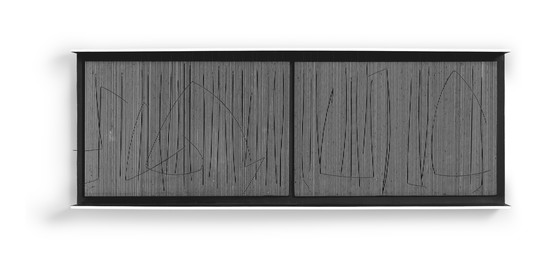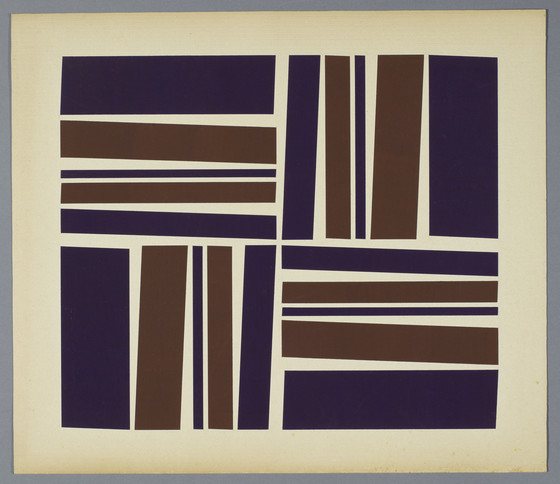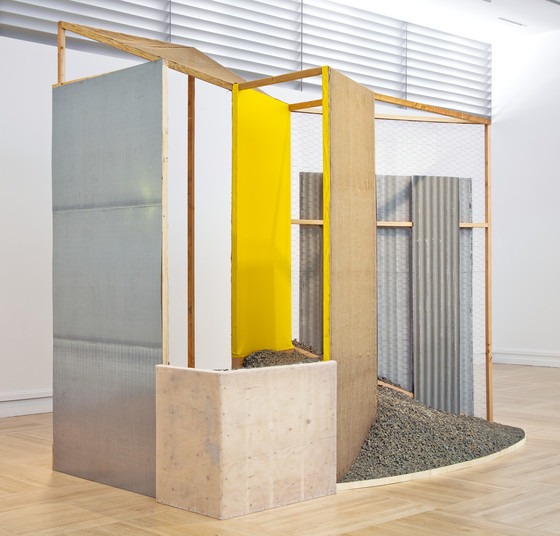Postwar and Geometric Abstraction
16 records
Buffered from World War II, in the 1940s and 1950s many South American countries entered an optimistic period of economic growth. Abstract art, with its emphasis on clear and distilled forms, became the dominant visual language that reflected a move toward modernization and industrialization. Artists from Argentina, Brazil, Uruguay, and Venezuela who worked in this mode are internationally recognized.
The return of Joaquín Torres-García to Uruguay in 1934 was decisive in the development of abstraction in Latin America. He had spent more than four decades in Europe and the United States. In 1926 he moved to Paris, where he met artists Piet Mondrian and Theo van Doesburg and quickly became associated with an international group of abstractionists. Upon his return to South America, Torres-García advocated a different type of abstraction, one in which contemporary trends and the spiritual art of the past–particularly the Mesoamerican part–would merge.
The influx of postwar European artists in Latin America was another determining factor in the rise of geometric abstraction. In Brazil, for example, the arrival of Swiss artist Max Bill in the 1950s inspired a number of Concrete artists to form groups, including the Grupo Ruptura (São Paulo) and the Grupo Frente (Rio de Janeiro). The two groups differed regarding what constituted abstract art: the São Paulo contingent stressed reason, serial form, and optical effects; the Neo Concrete artists of Rio de Janeiro accorded a higher value to experimentation, expressiveness, and subjectivity. Broadly speaking, these two trends came to define much of the art produced in South America from the 1940s to the 1970s.
- Ilona Katzew, 2008
The return of Joaquín Torres-García to Uruguay in 1934 was decisive in the development of abstraction in Latin America. He had spent more than four decades in Europe and the United States. In 1926 he moved to Paris, where he met artists Piet Mondrian and Theo van Doesburg and quickly became associated with an international group of abstractionists. Upon his return to South America, Torres-García advocated a different type of abstraction, one in which contemporary trends and the spiritual art of the past–particularly the Mesoamerican part–would merge.
The influx of postwar European artists in Latin America was another determining factor in the rise of geometric abstraction. In Brazil, for example, the arrival of Swiss artist Max Bill in the 1950s inspired a number of Concrete artists to form groups, including the Grupo Ruptura (São Paulo) and the Grupo Frente (Rio de Janeiro). The two groups differed regarding what constituted abstract art: the São Paulo contingent stressed reason, serial form, and optical effects; the Neo Concrete artists of Rio de Janeiro accorded a higher value to experimentation, expressiveness, and subjectivity. Broadly speaking, these two trends came to define much of the art produced in South America from the 1940s to the 1970s.
- Ilona Katzew, 2008

